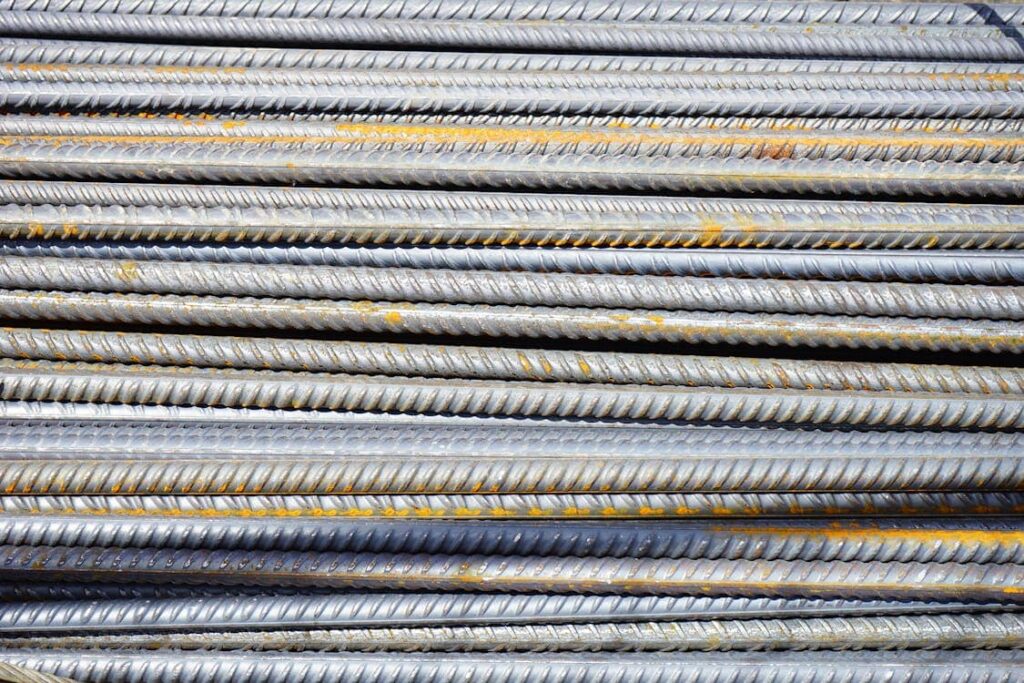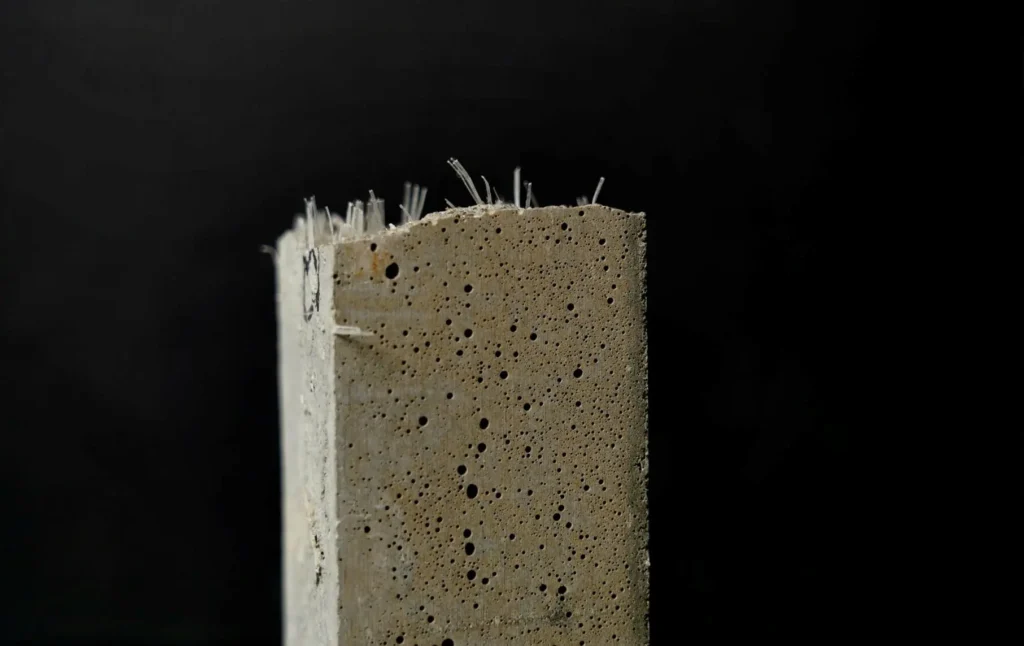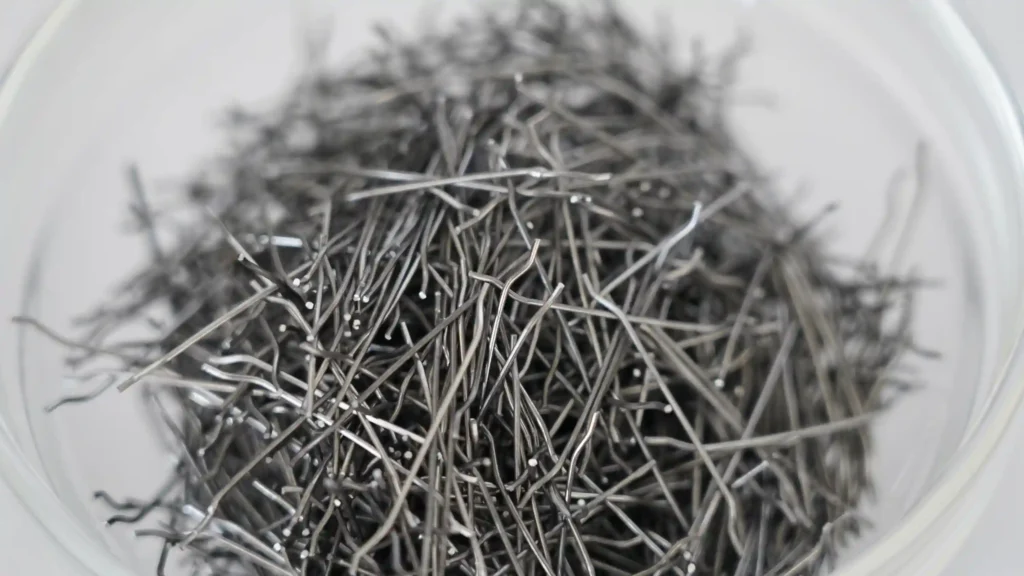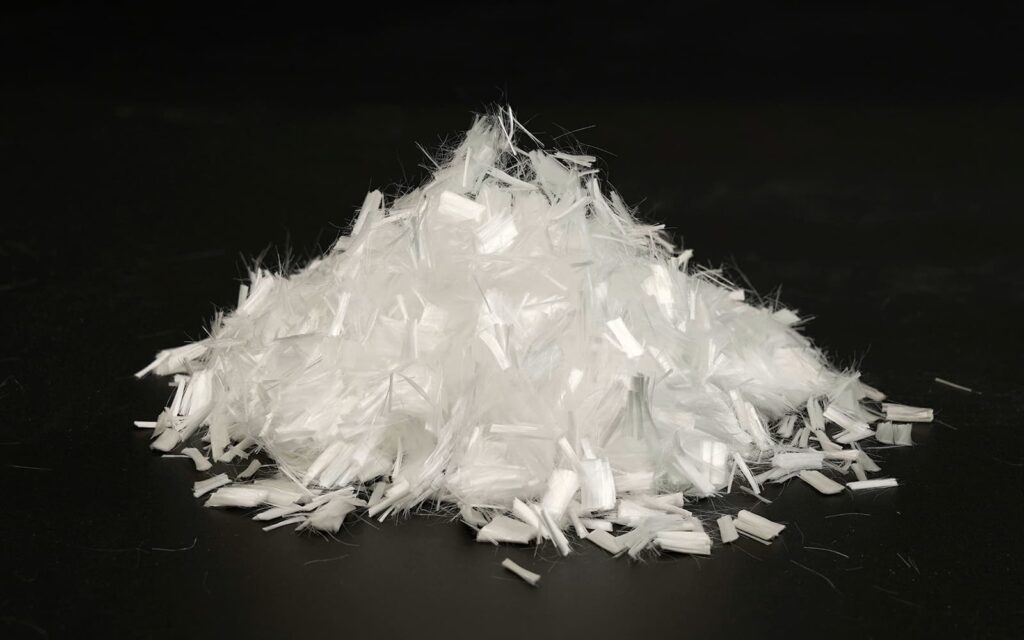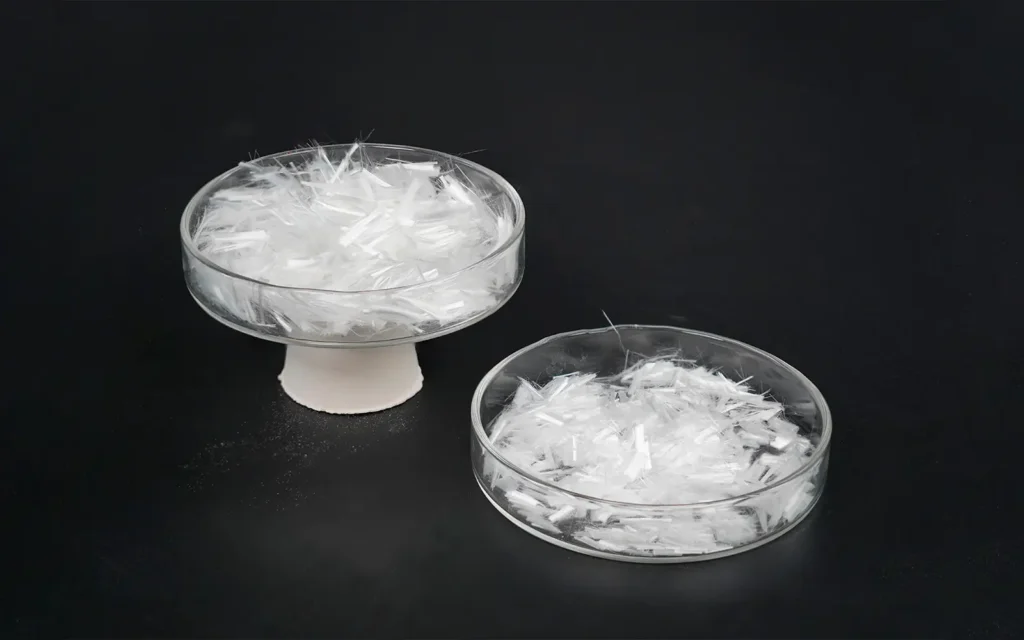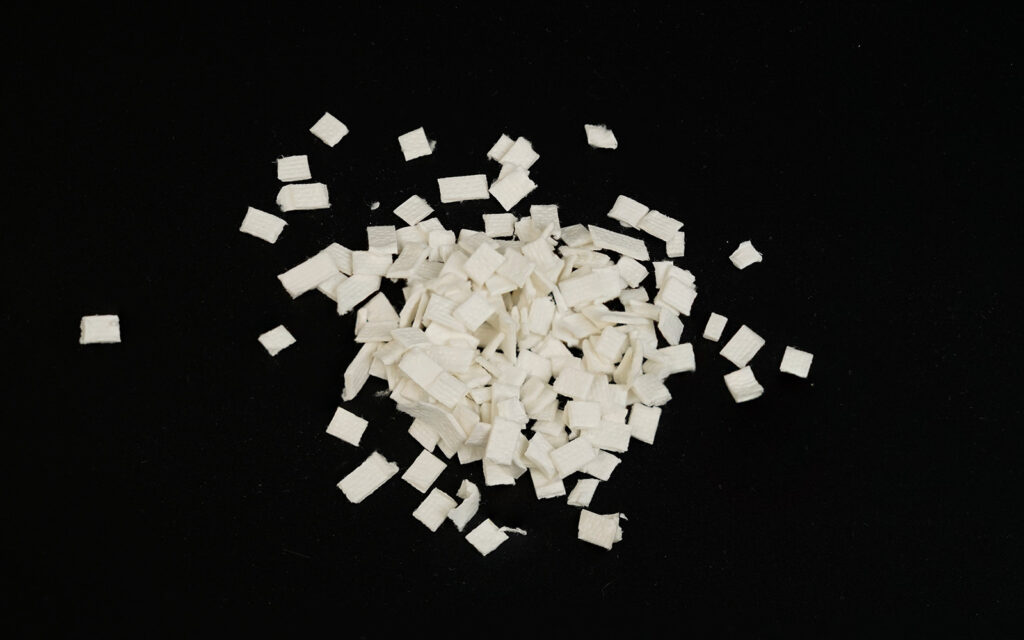Finding the Right Consistency of Tile Adhesive: The Key to Strong and Lasting Tiles
Learn how to mix tile adhesive to the right consistency for smooth application and strong bonding. Discover easy tips to avoid sliding tiles, hollow spots, and weak adhesion for perfect tiling results.

